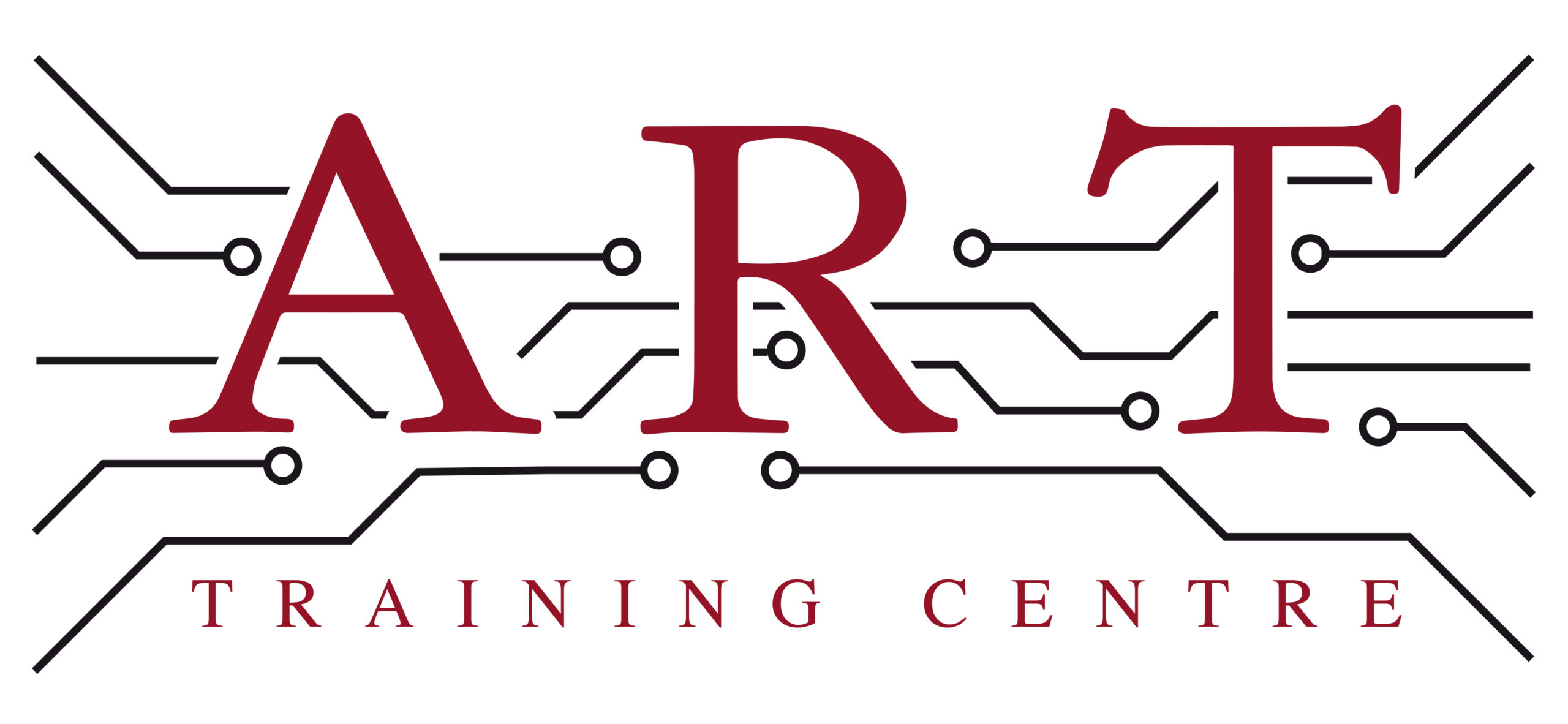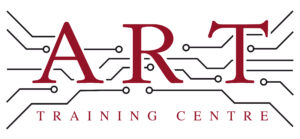Definition
Conductor Spacing refers to the distance between conductive traces or pads on a printed circuit board (PCB). It is a critical component in electronics manufacturing as it helps prevent electrical shorts and ensures proper signal integrity. Adequate spacing is essential to accommodate voltage levels, reduce interference, and enhance the overall reliability of electronic devices.
How It’s Used in the Industry
Conductor spacing is a fundamental consideration during the design and assembly of printed circuit boards (PCBs). Engineers must ensure that traces are spaced appropriately to prevent short circuits and signal degradation. During soldering, technicians monitor spacing to avoid solder bridging, which can cause malfunctions. In rework, proper spacing is vital when replacing components to maintain circuit integrity. For both trainees and experienced professionals, understanding conductor spacing is crucial for achieving high-quality assembly and adherence to industry standards, ultimately ensuring the reliability of electronic products.
History & Origins
Conductor spacing became prominent in electronics manufacturing with the advent of printed circuit boards in the mid-20th century. As technology advanced, the need for precise spacing became evident to prevent electrical failures. The introduction of industry standards, such as IPC (Institute of Printed Circuits), helped formalize guidelines for conductor spacing, ensuring consistent quality and performance in electronic assemblies. Over time, as components became smaller and more densely packed, the importance of maintaining appropriate spacing grew, leading to ongoing developments in design and manufacturing techniques.
Variations
Variations in conductor spacing can include different standards based on the type of PCB or application. For example, high-density interconnect (HDI) boards require tighter spacing compared to traditional PCBs. Additionally, spacing may vary depending on the voltage levels and frequency of signals being transmitted. Understanding these variations is essential for technicians, as improper spacing can lead to faults such as crosstalk or signal loss, which can compromise the performance of electronic devices.
Modern Applications
Today, conductor spacing is vital in various applications, including surface mount technology (SMT) and through-hole assembly. In modern electronics production, precise spacing is necessary to comply with IPC standards, ensuring quality and reliability. It plays a significant role in the miniaturization of devices, where space is at a premium. Proper conductor spacing not only enhances performance but also contributes to the longevity of electronic products, making it a crucial aspect of professional training and certification in the field.
Practical Tips & Training
When working with conductor spacing, it is essential to use calibrated tools for measuring distances between traces. Technicians should regularly inspect PCBs for proper spacing during assembly and rework to prevent issues. Safety is paramount; always follow guidelines when handling soldering equipment. Structured training and certification in electronics can provide valuable insights into the importance of conductor spacing, equipping professionals with the knowledge needed to maintain high standards in their work.


